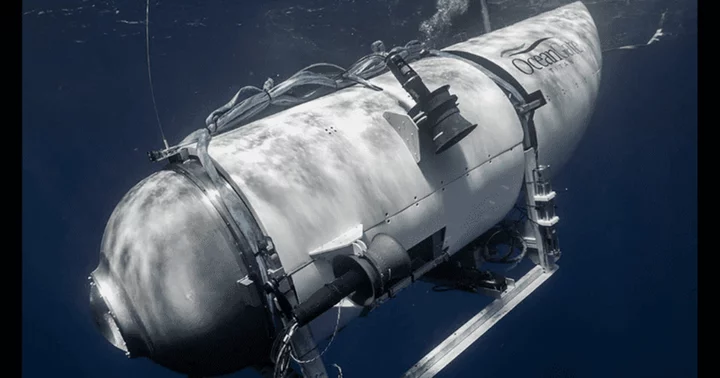HALIFAX, NOVA SCOTIA: The search operation for a missing submersible is getting intense with each passing hour. As per reports, the Titan, which is a tourist craft made up of carbon fiber and titanium, has not been located since Sunday, June 18, as it went missing an hour and 45 minutes into the voyage.
It has also been said that by the afternoon of Thursday, June 22, the vessel would not have enough oxygen left for its five passengers, making the situation more grim. Rear Admiral John Mauger of the US Coast Guard said, “It is a challenge to conduct a search in that remote area but we are deploying all available assets to make sure we can locate the craft and rescue the people on board.”
“We are deeply thankful for the extensive assistance we have received from several government agencies and deep sea companies in our efforts to reestablish contact with the submersible. We are working toward the safe return of the crewmembers,” OceanGate, the owner of the missing sub, added.
A power failure may have led to lost contact
As per a report by The Guardian, a power failure could be one of the reasons behind the Titan’s vanishment. The report also stated that in that case, the submersible “should have dropped its weights, resurfaced, and made immediate radio contact with the support vessel – provided the radio communications had a separate power supply.”
Shedding light on this possibility, Stefan B Williams, a professor of marine robotics at the University of Sydney, told Insider that it would be the "best case scenario.” He, however, mentioned, “That's a possibility, but presumably, at the end of the dive, the vessel would've surfaced as expected. That's seeming increasingly unlikely as time goes past.”
Williams also went on to share, “When you are putting people in a potentially dangerous position like this you want to be absolutely sure everything’s checked through before getting underway. We have an extensive checklist before we put anything in the water,” before coming back to the Titan’s fate. He explained that if the craft has been hit on the sea bottom, it could still be saved with the help of sonar equipment and specialized deep-sea submersibles.
‘Canadian P-3 aircraft detected underwater noises’
Meanwhile, amid the high-tension case, a ray of hope has come out in the form of “banging” sounds heard by a Canadian aircraft looking for the vessel. The Department of Homeland Security’s internal government memo reportedly said, “RCC Halifax launched a P8, Poseidon, which has underwater detection capabilities from the air. The P8 deployed sonobuoys, which reported contact in a position close to the distress position. The P8 heard banging sounds in the area every 30 minutes. Four hours later additional sonar was deployed and banging was still heard.”
A tweet from the First Coast Guard District Twitter account read, “Canadian P-3 aircraft detected underwater noises in the search area. As a result, ROV operations were relocated in an attempt to explore the origin of the noises. Those ROV searches have yielded negative results but continue. Additionally, the data from the P-3 aircraft has been shared with our U.S. Navy experts for further analysis which will be considered in future search plans.”









